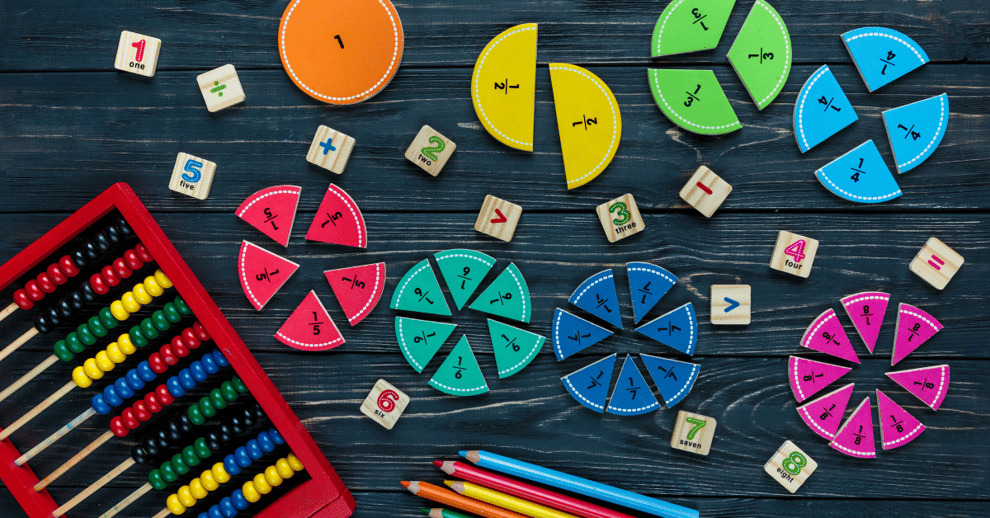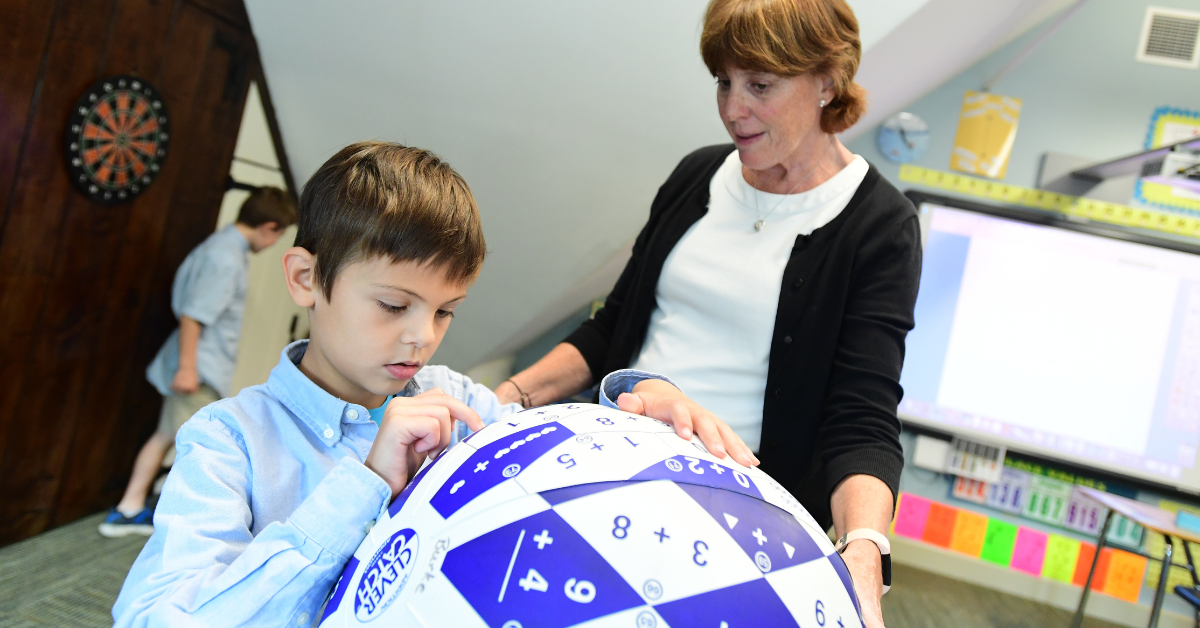Your child holds their head in their hands, frustrated and exasperated. The math problem on the page seems to taunt them, the answer eluding them. Dyscalculia, a disability causing your child to struggle with math, has struck again.
Research shows that three percent to seven percent of Americans have dyscalculia. People with dyscalculia struggle with solving math problems. They also feel anxiety when faced with a task that requires computation.
You must understand this condition to know how to help a child with dyscalculia. Let's explore this learning difference and how to address your child's learning needs.
Recognizing Dyscalculia
Children with dyscalculia struggle to perform multi-step math problems. These include long division and multiple-digit multiplication.
Division and multiplication problems require students to do math mentally, estimate, and determine where to line up and place numbers. A student with dyscalculia can become frustrated with these steps.
Dyscalculia is as common as the condition dyslexia. Dyslexia is when a person struggles to spell, write, and read.
Remember that not every student with dyscalculia is the same, which is why dyscalculia treatment involves introducing classroom accommodations to children through Individualized Education Programs, or IEPs (more on these later).
How to Help a Child With Dyscalculia
One of the best ways to help a child with dyscalculia is to differentiate their instruction. Differentiated instruction involves tailoring teaching to meet an individual's needs. It may make learning math easier and more enjoyable for the student.
Differentiation may involve assigning more single-step math problems and fewer word problems. Differentiating instruction might also include giving a student with dyscalculia more time to complete math tests.
Simpler Math Explanations
Teachers can help students with dyscalculia by delivering a more straightforward explanation for a complex concept. Suppose you assign the following math problem: 2 + 5. A visual aid, like a black number line, may help a child with dyscalculia understand this concept.
Mark 2 and draw a bold line on the number line from 0 to 2. Ask your student to move five spaces from the 2 to arrive at the answer: 7.

Breaking Math Lessons Down
Breaking a lesson down is another way to help a student with dyscalculia. This may involve teaching a student the process of self-talking through solving math problems. Students can navigate the steps to solving problems in their heads or out loud.
Educators can also encourage a student with dyscalculia to draw sketches or charts (visual representations) to solve a problem. An example of a visual representation is drawing a sliced pizza or cookie on paper to teach fractions. Visual representations are essential for understanding mathematical concepts because they help students see problems in fresh ways to find solutions.
Teaching Foundational Math Concepts
Teachers can help students understand foundational math concepts by providing overviews of previous lessons. Regularly going over this material during micro-lessons and review sessions can help them maintain an understanding of the content.
An example of a micro-lesson is teaching only addition to a child struggling with long division. A teacher can then teach subtraction and multiplication in two more micro-lessons before tackling division.
Connecting Math to Everyday Life
Educators can bring math problems to life by introducing recipes featuring fractions (e.g., 1/4 cup of flour) to teach fractions to students with dyscalculia.
Role-playing games involving buying and selling products can also help these students understand concepts like adding and subtracting numbers with decimals and calculating tax. These example scenarios can help reinforce knowledge and boost confidence.
Illustrate Perfect Squares
Use manipulatives to teach a student with dyscalculia how to form perfect squares. Manipulatives are physical objects they can move around and touch, like square blocks and tiles. Using these items is also an excellent way to engage a kinesthetic learner, a student who learns most effectively through physical movement and activity.
Classroom and Environmental Adjustments
A supportive and understanding learning environment is critical for helping students with dyscalculia thrive. This includes creating inclusive classrooms where students with disabilities can learn alongside their peers in the general education environment.
Additional steps include encouraging students to self-teach or study their math content independently. Students with dyscalculia may also benefit from explaining concepts aloud after internalizing them.
Facilitating proactive engagement and continuous feedback may help a student with dyscalculia succeed. Feedback should be constructive and discreet, meaning it doesn't make the student feel ashamed or embarrassed.
Teachers should also balance communication to deliver their math lessons effectively. This may mean teaching students for 10 minutes and then engaging students in small-group instruction.
IEPs For Students With Dyscalculia
IEPs are detailed legal documents outlining educational plans for students with disabilities. These documents' components include students' error patterns, strengths, and school-year objectives. Teachers, staff, and parents must communicate to create effective IEPs.
An IEP can help a student with dyscalculia learn math at their own pace and in a way that's best for them. Teachers can give them accommodations like calculators and quiet spaces to work to help.
Practical Parenting Tips For Homework
Help your child with dyscalculia excel on their homework by asking them if they have any questions and ensuring the math concepts they're studying are clear. Ask your child to guess an answer and give a reason for it. Avoid giving them direct answers.
Other homework strategies include using textbooks, previous corrections, notes, and online homework websites to support your child at home when stuck. Prepare a list of prior errors and cheat sheets.
Promoting independence can help a child with dyscalculia. Encourage your child to partner collaboratively with classmates and ask teachers for help. Celebrate their progress, valuing their efforts over their accuracy.
How We Can Help With Dyscalculia
Tailored approaches can help a student with dyscalculia more easily learn complex math concepts. Use visual aids to help them understand the material, and work with staff to create an IEP for them. Encourage continued adaptation and exploration of teaching strategies to meet their needs.
We're excited to offer high-level education to students with dyscalculia at Eagle Hill School. We'll show you how to help a child with dyscalculia. Book a visit and apply online today!


